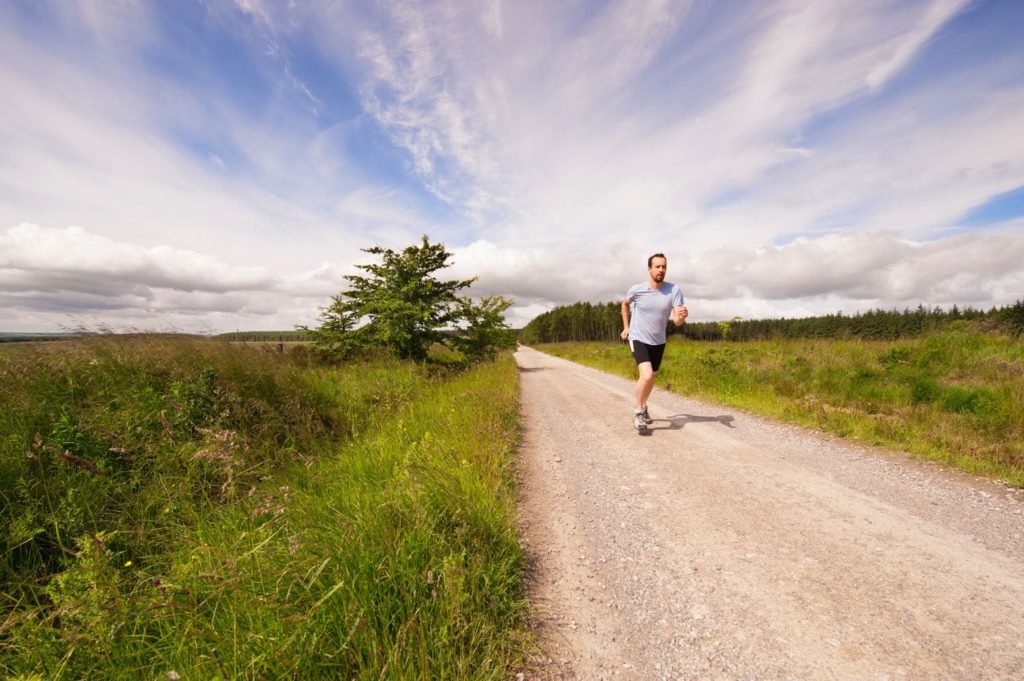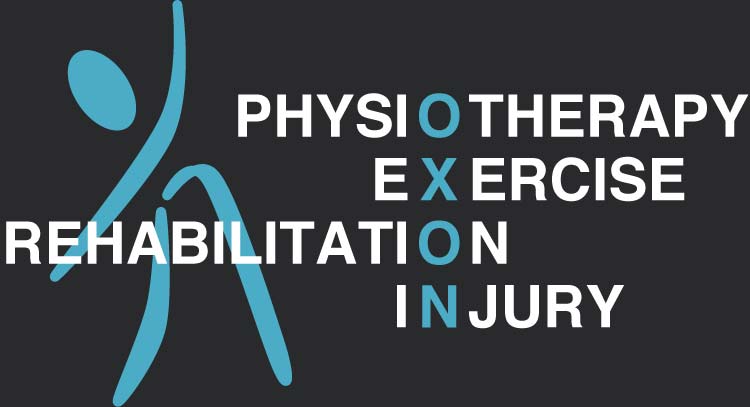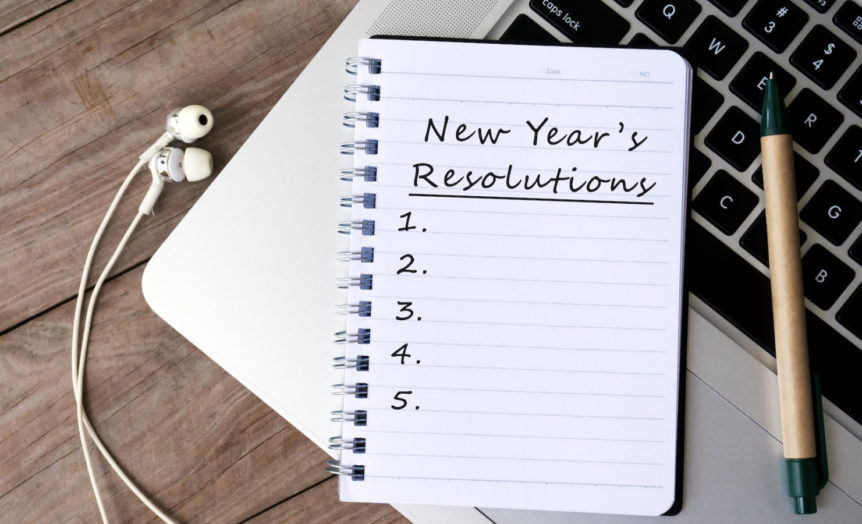
New Year’s resolutions around fitness, exercise and weightloss are a standard thing in January and many of us opt to find the old gym trainers, dig out the gym gear from the back of the wardrobe and find the local gym with the best incentive to pump some iron or hit the treadmill.
In fact, in the UK, on Google, the search term “gyms near me” drastically increases in the first week of January in comparison to the rest of the year. However, by February 80 percent of people that have signed up have fallen off the wagon!!!!!
Why? More than likely because of one of the below:
Hitting the gym too hard!
Yes, I get it, you’ve overindulged over the festive period (or maybe longer) and it’s time to burn off the extra pounds you’ve gained due to the few too many mince pies and chocolates you’ve eaten. However, overdoing it can be one of the main reasons people fail at the first hurdle, lose interest and the give up. Training 4/5 days a week in whatever format after a period of inactivity really shocks the body and puts a lot of pressure on your muscles, joints and body in general. This means you’re more susceptible to injury, muscle ache and pain which means less exercise, less progress and reduced motivation.
Top tip: Build it up slowly and let your body get used to exercising again.
Going it alone
Some people have all the internal motivation they need to gain great success on their own. But for the majority of us (myself included), we might need a little extra help along the way. The buddy system may be a school tactic but it works. Whether it’s a partner, a friend, a roommate or literally anyone in your life that you get on with, it helps to have someone on your side cheering you on and holding you accountable to your promises especially on those dull gloomy nights when its been a tough day at the office.
Top tip: For safer, more personalized, and effective results, I recommend working with a certified personal trainer. We have contacts in all the gyms in Banbury as well as other non based gym trainers in order to point you in the right direction if your stuck

Not setting fitness goals
Training is great and it’s amazing you’ve decided to get back into it. However, if you haven’t set any fitness goals, what exactly are you training for?
Many people spend hours at the gym every week, running, stretching, lifting their way from month to month without really getting anywhere. Although some get results at first, eventually what used to work doesn’t anymore. Goals help you train with purpose and focus. Knowing that you’re training for a specific achievement helps keep you motivated and on track, whilst also being able to see the progress that you have made.
Top tip: Use the SMART method for goal setting (Specific, Measurable, Attainable, Relevant and within a set amount of Time.) For example, you may decide you want to run 5km parkrun, within 40minutes by the end of May with your kids. Whatever your goals, make sure you set them using the SMART method and review them regularly to keep progressing.

Lack of rest – when we exercise, we’re essentially tearing our muscle fibres. Particularly with resistance training, our muscle fibres are going through what’s known as micro tears. In order for them to get stronger or bigger our muscle fibres tear and recover stronger. When we undertake cardiovascular based activities our muscles fatigue due to the build up of lactic acid and lack of fuel to sustain the activity. If we don’t allow ourselves enough rest, our muscle fibres, and body, may not heal enough, leaving us more susceptible to fatigue, reduced performance and potential injury. Our rest time can be just as important as working out so be sure to allow adequate rest days.
Top tip: Ensure you have at least 24 hours of rest, maybe even 48 hours in the first few weeks, prior to returning to your activities

Thinking you can start from where you left off
You’ve had a few months off (years in my case!), surely you can kickstart from where you left? Absolutely not! Well unless your last time participating in activity was also the first time you exercised for a while too!
After about twelve days of little exercise cardiovascular exercise our bodies begin to lose aerobic training. We would lose our strength in around 2-3 weeks. The old adage of use it or lose it is true, and the more you have, the more you have to lose! The good news is, you’ll be able to get back to where you were quicker than before. The body knows it can reach certain fitness levels and due to muscle memory our bodies are aware of the heights we’ve reached before.
Top tip: When restarting a programme, remember to drop the weight of your strength exercises and duration of your exercise initially to give your body the opportunity to ‘retune’ and build back up again. Contact a physiotherapist or your personal trainer to help you on where to start back on your programme
Training with pain
You’ve started a training programme but you’ve injured yourself. You’re starting to notice pain when doing certain exercises or movements. You’re thinking ‘this will just go away by itself’. It doesn’t! One word, STOP.
Of course, when you exercise you will likely get the natural post exercise ache known as DOMS (Delayed Onset Muscle Soreness) for 24 – 72 hours after exercise, but if you’re injured, continuing to train is a bad idea. If you’re unsure, it’s best to visit a professional such as a physiotherapist. Training with pain or an injury is only likely to make it worse. This will then eventually force you to take a long break from training, ruining the good work you’ve done already and delaying the opportunity to achieve your goal!
Top tip: Book an appointment to see your physiotherapist earlier to help understand the problem. In our clinic the aim is to keep you in line to achieve your goals by modifying your activity slightly for a short period of time then weaning you back in to the exercise you love!
In summary, start getting back into fitness gradually, train with a friend if possible, set SMART fitness goals, ensure you get enough rest, don’t train with pain, and start with an easier workout than where you left off!
If you need any help or guidance then get in touch.
Good luck and let us know how you’re getting on!

